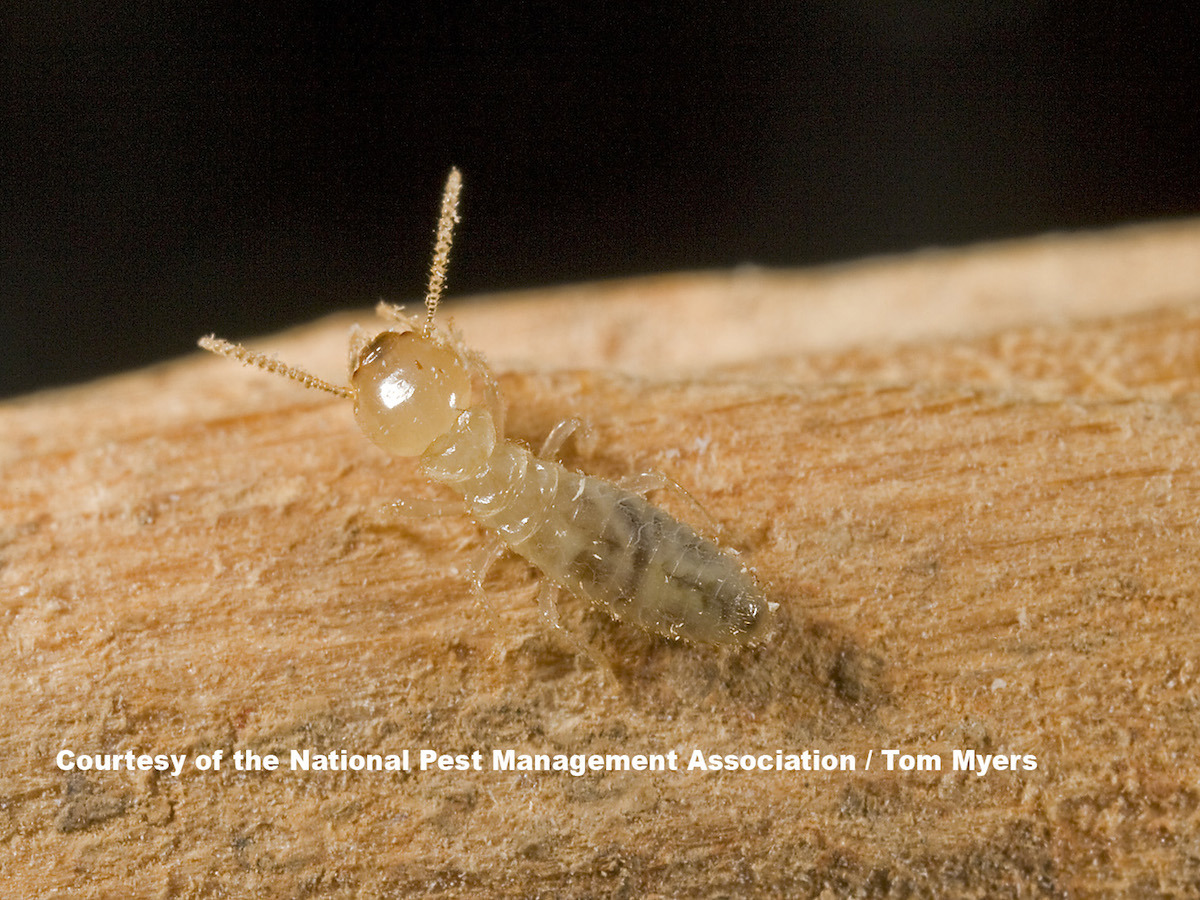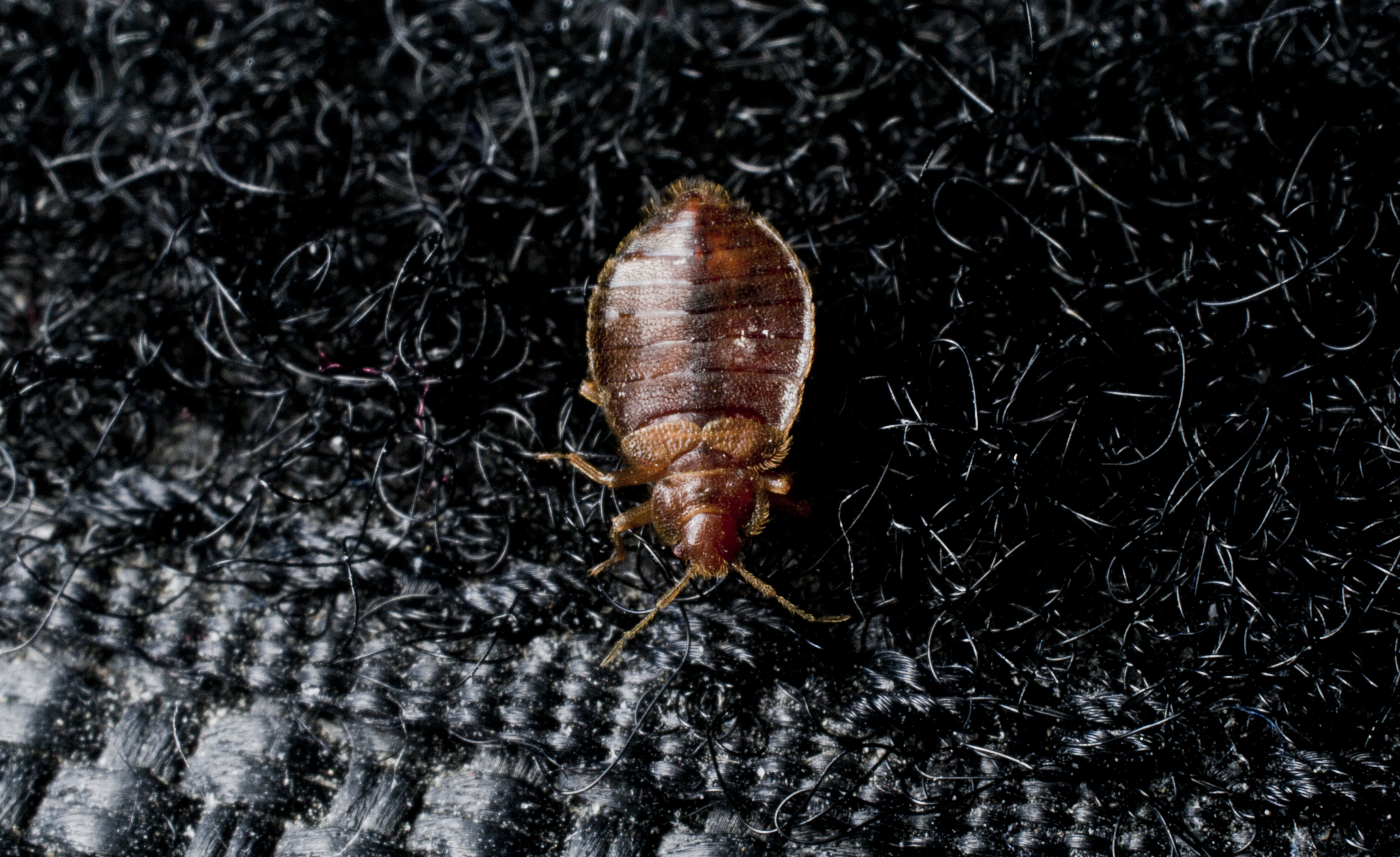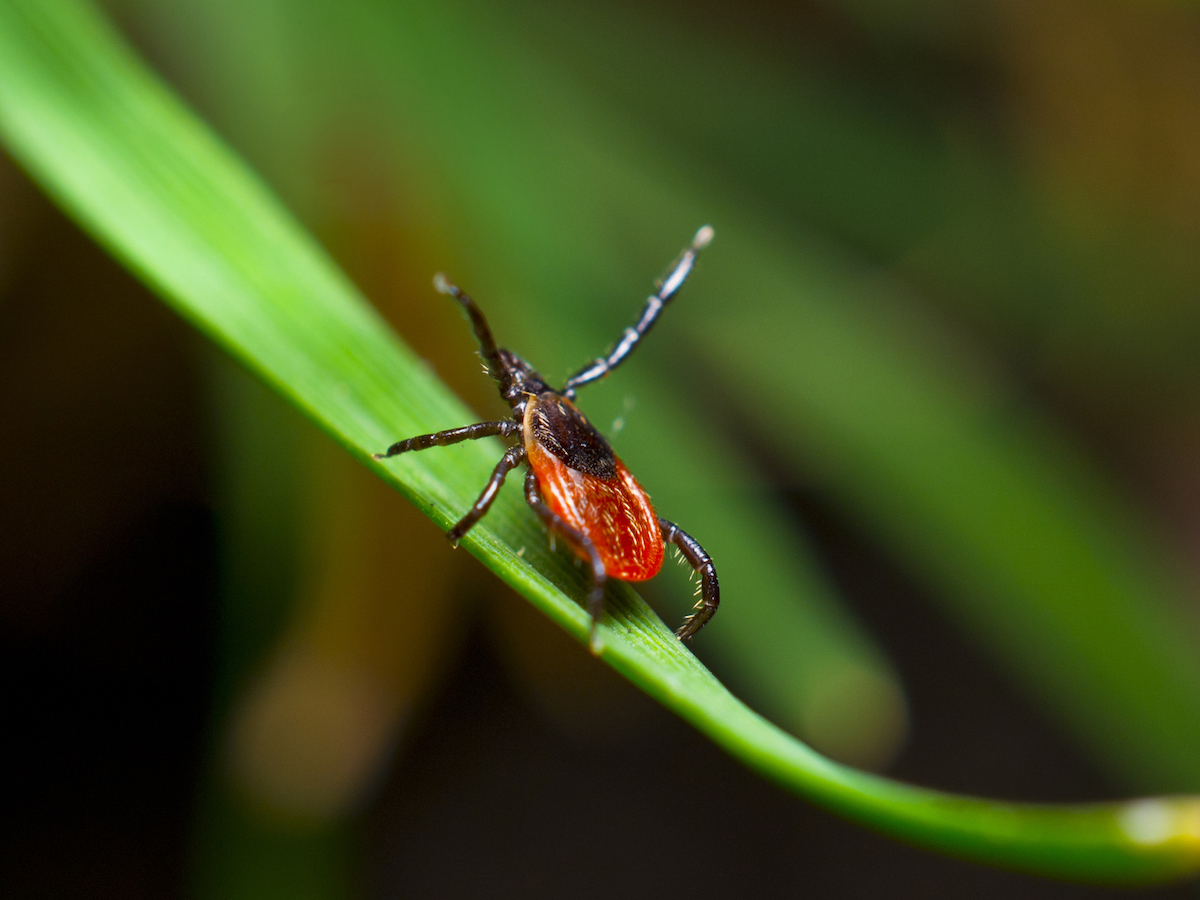Ladybugs Swarm Homes as Cool Weather Arrives
Every year, the chill of autumn sends many pests - including mice and spiders - indoors as they seek shelter from the cold. But, many parts of country also deal with a less intimidating but equally bothersome invader: ladybugs. Also known as Asian lady beetles, swarms of the insects have been reported in homes, schools, and office buildings in the Midwest and Northeast. The National Pest Management Association (NPMA) provides tips for preventing these pests from invading homes.
Ladybugs are an invasive pest species, brought to the U.S. from Asia in the 1960's to control pests that destroyed crops. Ladybugs are easily identifiable by their orange or red bodies and black spots.

"While ladybugs do not pose any serious health or property threats, they can be a nuisance, especially because they usually invade homes in mass," says Missy Henriksen, vice president of public affairs for the NPMA. "Once ladybugs invade a building they can be difficult to eradicate, so prevention is important."
NPMA recommends that homeowners seal cracks around windows, doorframes, and utility pipes with silicone caulk to close up entry points. Special attention should be paid to areas of the home that get the most sun, as ladybugs are attracted to the warmth. Trimming shrubbery and branches away from a home's exterior can also help to prevent ladybugs from gaining access.
How to Get Rid of Ladybugs
If ladybugs have already entered a home, homeowners can use a vacuum to remove them, but it is important to dispose of the bag outdoors to prevent the insects from crawling out. Ladybugs are known to secrete an oily yellow liquid when disturbed, and release an odor just before they die, so squishing them is not suggested. To prevent or treat a ladybug infestation, NPMA recommends that homeowners consult a pest professional who will be able to suggest treatment options.

What is a Termite Inspection and Do You Need One?
The answer: YES! This pest can cause significant and costly damage to your home. Read on to find out how.

Bed Bug Pest Guide
Traveling for the holidays this year? Be sure to keep an eye out for bed bugs! Use our Pest Guide to help identify this pest.

NPMA's TickTalk
Check out NPMA's TickTalk.org for information about this pest, including the various species and health threats they pose.
Find a PEST PRO in your area

What is a Termite Inspection and Do You Need One?
The answer: YES! This pest can cause significant and costly damage to your home. Read on to find out how.

Bed Bug Pest Guide
Traveling for the holidays this year? Be sure to keep an eye out for bed bugs! Use our Pest Guide to help identify this pest.

NPMA's TickTalk
Check out NPMA's TickTalk.org for information about this pest, including the various species and health threats they pose.
